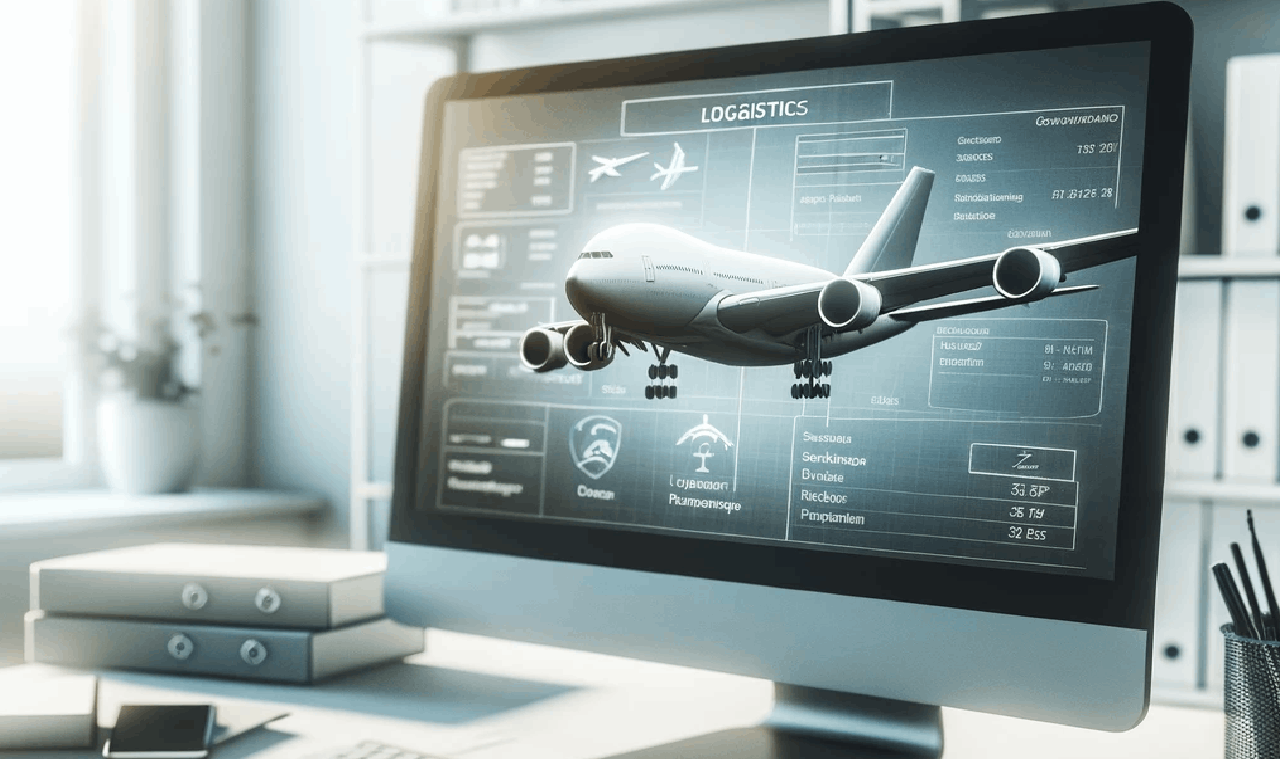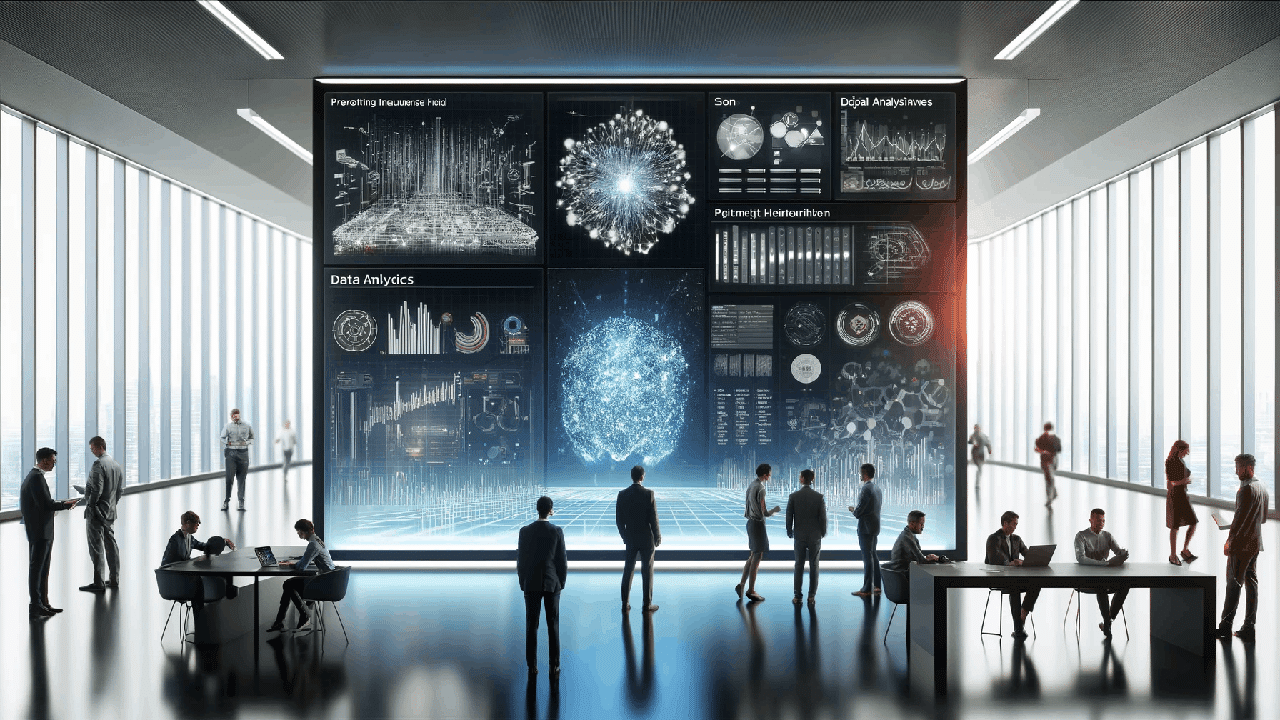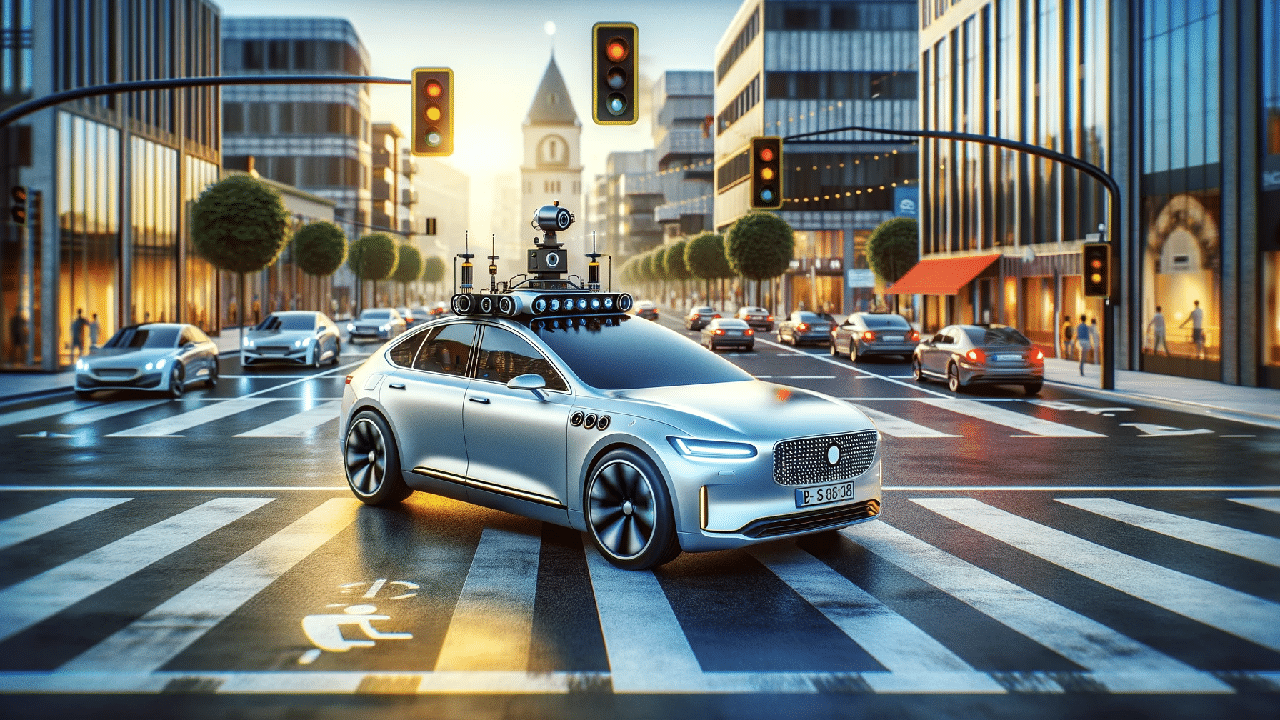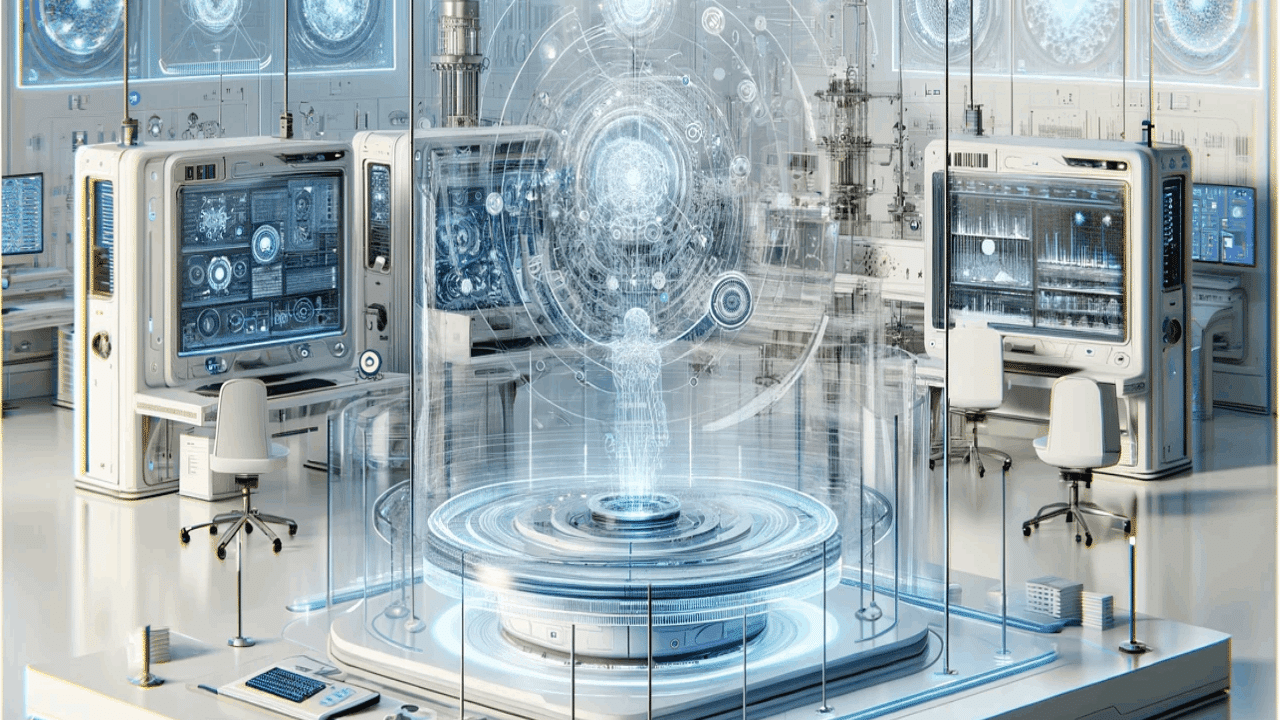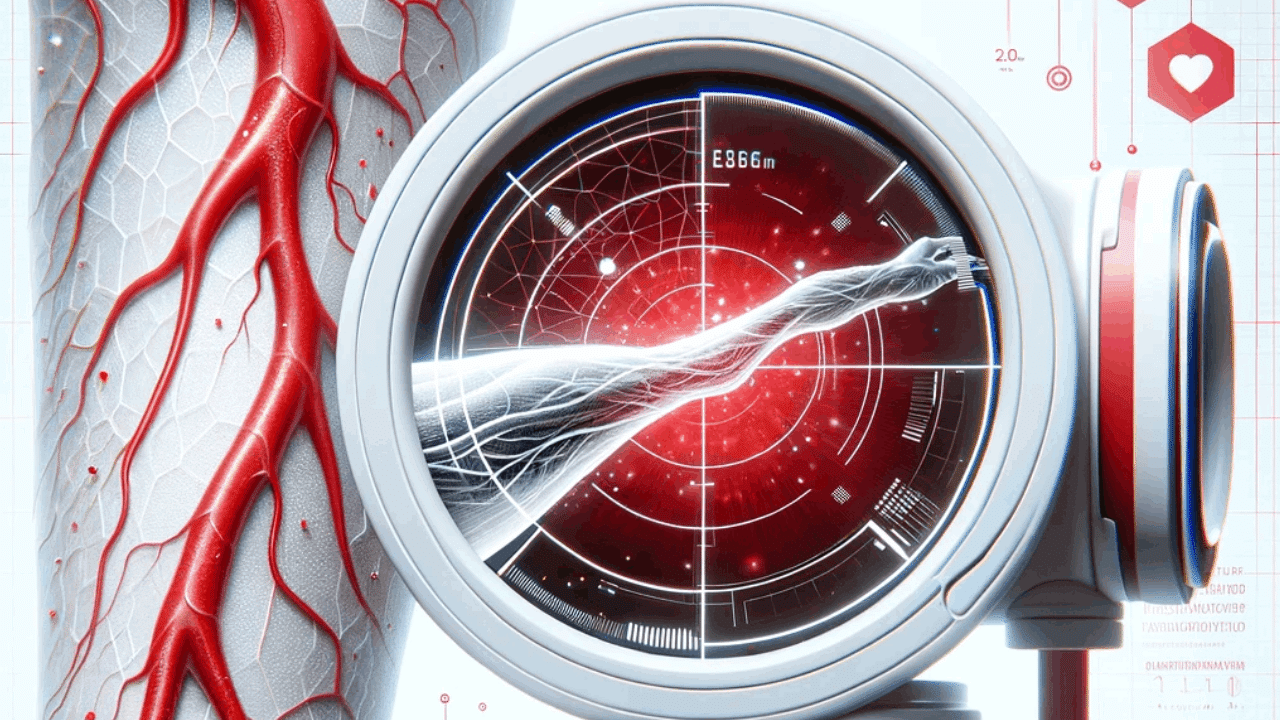
The Role of AI in Treating Varicose Veins and CVI: Thermal Imaging for Spider Vein Detection and Chronic Venous Insufficiency
Discover how AI is revolutionizing the treatment of varicose veins and chronic venous insufficiency (CVI) through thermal imaging for spider vein detection. The Role of AI in Treating Varicose Veins and CVI: Thermal Imaging for Spider Vein Detection and Chronic Venous Insufficiency Varicose veins and chronic venous insufficiency (CVI) affect millions. According to statistics, about 5% of people worldwide suffer from these conditions. At the same time, cardiovascular diseases are causing huge expenses. It is predicted that by 2035, the total costs of all cardiovascular diseases in the US will add up to about 1.1 trillion dollars. Early detection and effective diagnostics can reduce these expenses and relieve patients’ suffering. Technological advancements, specifically artificial intelligence (AI), are making promises in diagnosing and treating varicose veins

